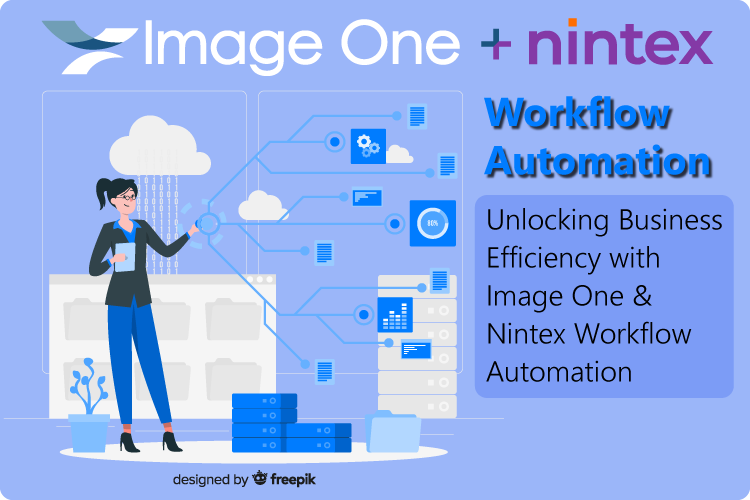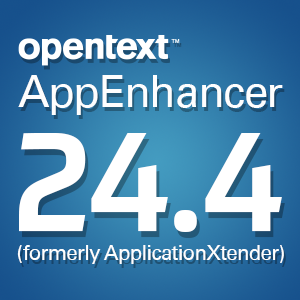La Crescent-Hokah School District reflects on the benefits of going paperless
Friday, June 13, 2014Staff and administrators at La Crescent-Hokah School District had a positive experience during the district's first year transitioning to a digital education system.
Technology integrationist Lois Cox assisted with setting up the technology roll-out in the schools, then interviewed the staff at the end of the school year as a part of her dissertation for her doctorate degree. Students in the third and fourth grades received laptops last fall and high school freshman this spring, according to the La Crosse Tribune. Elementary school students were required to keep their devices in school though the freshmen were allowed to take theirs home.
The challenges of integrating technology
Though many have embraced the transition now, some teachers were at first apprehensive about the changes ahead. A common concern was that it would give students the opportunity to browse the internet instead of pay attention to lessons taught in class. However the laptops students received don't have the full functionality of a laptop, limiting the ways in which students can use their new computers in order to circumvent their teachers' watchful eyes.
According to Cox, the introduction of technology in the classroom also promotes a change of mindset. She said collaboration between students when using their laptops at first resembled cheating to faculty. But eventually it was recognized as a series of partnerships developed through the new learning environment created by the introduction of technology.
Taking advantage of a new kind of education
Logan Colby was one of the teachers who dove head first into the digital transition.
"This is a very narrow use case of the technology," he said. "There's so much more we're going to be doing with this next year. … I'm convinced our test scores are going to shoot up through the ceiling next year because every kid is going to be accountable for every skill."
Though narrow the case may be, Colby – who teaches sixth grade math – still did everything he could to take advantage of the transition. Students were able to access a homework page created by Colby online, where each assignment was tailored to a specific student's needs. Additionally, if a student makes a mistake there is the opportunity for instant feedback. According to Colby if a student goes home and does his or her homework wrong then they are simply unlearning the day's lesson. The chance for rapid evaluation of each student's work helps him guide them through their work, instead of simply correcting their mistakes.
The content management service allows Colby to create countless versions of the same test as well. The vast permutations of question orders at hand help to stave off cheating, even when students are sitting directly next to each other.
Parents share the enthusiasm
Parents are fans of the at-home collaboration aspect – students have no excuse not to do their homework anymore. Their teacher is always there as a resource, even if the child is home sick. Additionally parents can help the their students themselves through the use of online resources linked to by the teachers.
"I don't know how to do it isn't such a good excuse anymore for families," he said. "They like the feedback, as well. They like the accountability."
The general benefits of a paperless classroom
Going paperless in the classroom also makes for a more cost-effective classroom, according to Keystone IT Consulting. Textbooks can be exchanged for e-books and the cost of printing is also out the window for a digitized classroom. Students and teachers can learn together on personalized educational plans that eliminate the need for separate technology classes. The lessons of those classes will be integrated into the everyday responsibilities of the students. A good document management software will allow student and their teachers to constantly be in communication and carry out revisions in a moment's notice.




